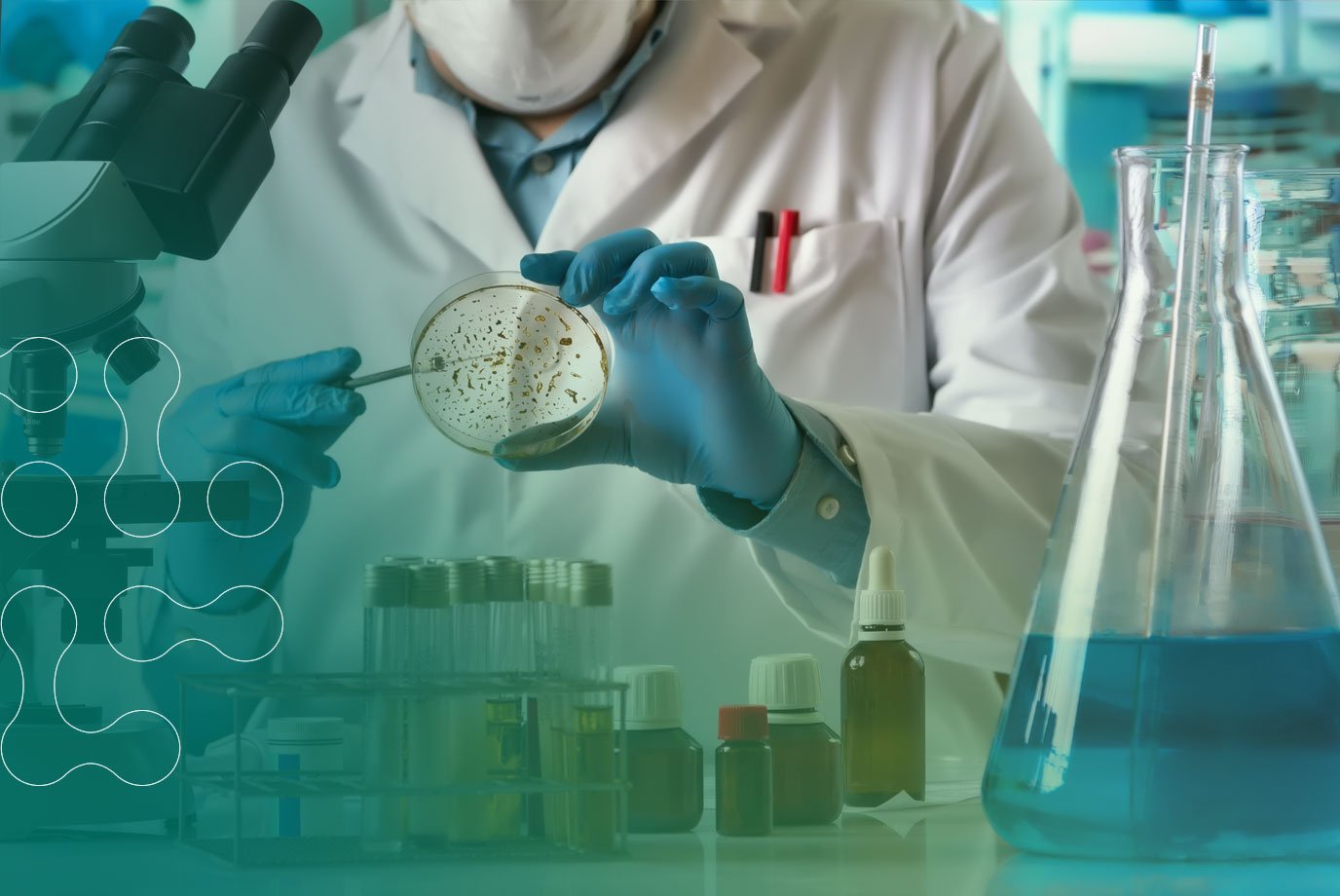Quaternary Ammonium Compounds, also known as QACs or Quats, are common chemical compounds used in cleaning products and disinfectants used to kill bacteria.
These potent ingredients have been used within cleaning and hygiene for over 100 years for their ability to quickly kill microorganisms. However growing research shows QACs are one of the most harmful ingredients found in the marketplace today, causing long-term damage to our environmental landscape.
With many sustainable alternatives offering the same results at a much lower potency, many now deem the inclusion of QAC in cleaning and disinfection products unnecessary for its intended use.
Here, we break down the dangers of QACs and offer tips on how to avoid them in your workplace.
Uses of QACs
Quaternary ammonium compounds are a group of potent chemicals commonly used in industrial and household products as disinfectants, preservatives, surfactants, fabric softeners, hair conditioners and anti-static additives.
QACs were first introduced in the early 1900s as an alternative for skin antisepsis and disinfectant within surgical settings, then later explored as a surface disinfectant for everyday use. As time went on, scientists discovered that by combining QACs with alcohol, they could kill microorganisms faster, and so the compounds began to be used within everyday cleaning products.
Nowadays, QAC's are a common ingredient in many cleaning products and sanitisers used within hospitality, retail, care homes and FM. During the emergence of COVID-19 in 2019, they became a primary tool to kill the SARS-CoV-2 virus and protect people from getting sick.
Environmental and Human Impact of QACs
User safety
QACs are irritants and can cause harmful side effects to users. If a product is misused and a QAC comes into contact with skin, it can cause severe irritation leading to rashes. Should a product accidentally get splashed into your eyes, it can also cause eye damage.
QACs are likely to leave residues on surfaces after application, which might sound like an advantage. However, there are documented cases of bacteria gaining resistance to QACs after low levels of exposure.
In sanitiser concentrates, QAC based products may carry the “Exclamation Mark” or “Corrosive” hazard pictograms. Although it's worth noting that most disinfectants, even naturally derived ones, may result in these pictograms appearing at higher concentrations.
Aquatic toxicity
QACs are known for being incredibly harmful to the environment. Most will find their way into the environment through wastewater when disposed of by users. QACs have both short term (acute) and long term (chronic) effects on aquatic life, including fish, crustaceans and algae.
Most of us are familiar with the dead fish and tree hazard pictogram. Depending on the QAC concentration in the product, the hazard pictogram and accompanying hazard statements may appear on the product Safety Data Sheet (SDS) and label:
- H400 - Very toxic to aquatic life.
- H410 - Very toxic to aquatic life with long-lasting effects.
- H411 - Toxic to aquatic life with long-lasting effects.
- H412 - Harmful to aquatic life with long-lasting effects.
Even if QAC concentrations are low enough that these statements and pictograms do not have to appear on the SDS or label, the use of the product will still result in the release of significant quantities of these environmentally harmful compounds into the environment.
How to identify and avoid QACs
The best way to avoid QACs is to check the ingredient list on the label and SDS. The most commonly used QACs include Benzalkonium Chloride (BAC or BKC, CAS No. 68424-85-1) and Didecyldimethylammonium chloride (DDAC, CAS No. 7173-51-5).
It is also essential to check the hazard classification labels. The dead fish and tree pictogram on a label warns that the product is damaging to aquatic life and the environment, which may indicate the presence of QACs or other environmentally hazardous ingredients.
The exclamation mark pictogram warns that the product is an immediate skin, eye or respiratory tract irritant, or narcotic.
If you are still unsure whether the product you are using is Quat-based, you can always ask your supplier what the biocidal actives are and whether they are QAC's.
What alternatives are there to QACs?
There are a variety of biocidal actives available which are suitable for different uses denoted by the Product Type approved under the UK Biocidal Product Regulation (BPR). These include naturally derived and environmentally responsible biocides such as lactic acid, an organic acid widespread in nature and used as an active ingredient for disinfection, antimicrobial cleaning, descaling, personal care, cosmetics, and pharmaceuticals.
Quat-free Sanitisers
BioHygiene’s sanitisers are based on a naturally-derived organic acid which carries a low hazard classification and are approved to EN14476, EN1276, EN13697, EN1650 and EN13623. Browse the full range suitable for Kitchen, Washrooms and General use here:




